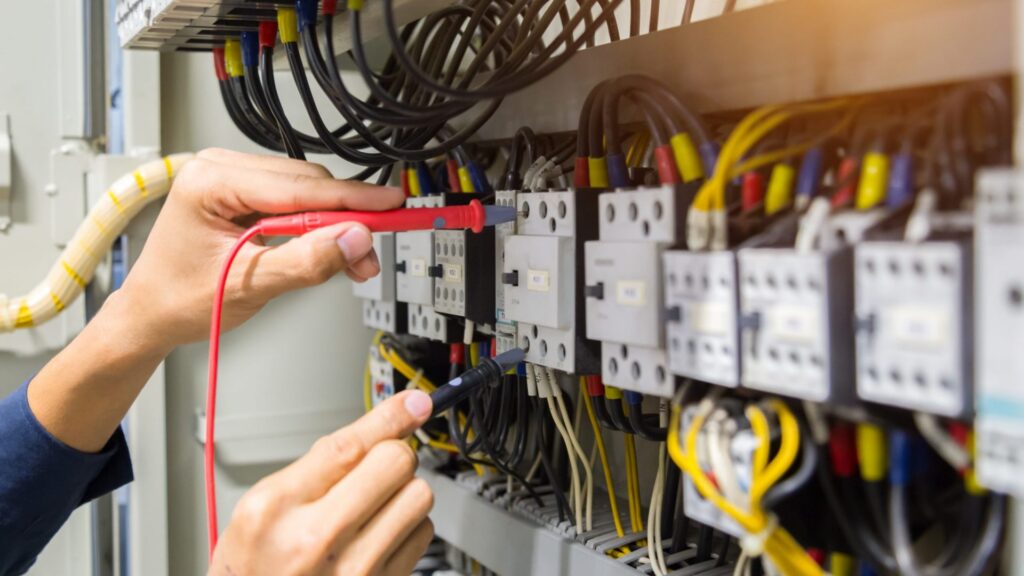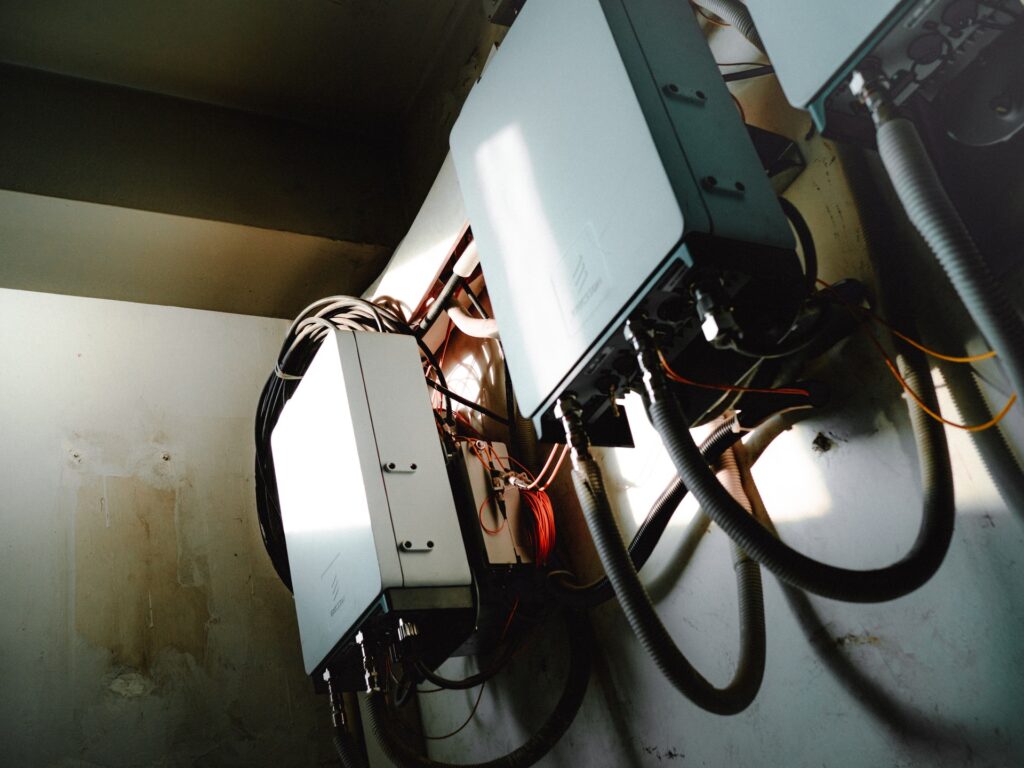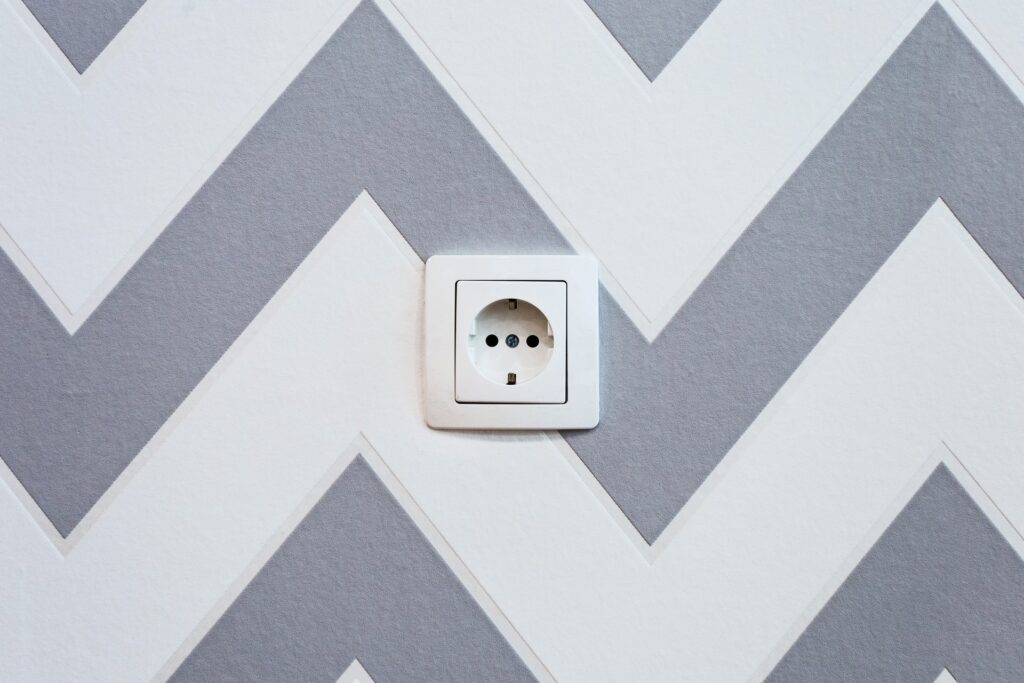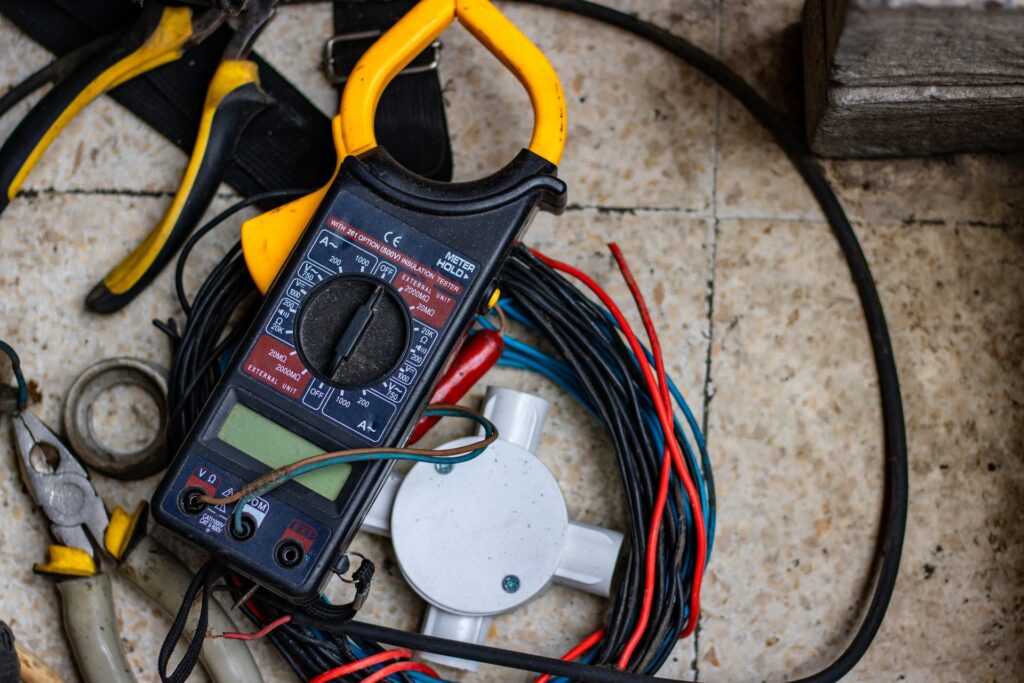Home is meant to be a haven of safety for you and your family members. It should not only provide shelter, but it should make it safe as well. Security becomes a top priority when more than one person is living in the house.
Having children or other family members who cannot tell signs of danger needs to make sure they are protected. Electrical faults in your home can be one of the most dangerous things while living in it. There can be various reasons why there might be electrical faults in your house, some of it due to bad wiring, and it could be due to circuit breakers.
It could also be due to the design of the house. Making sure that you find these faults in your electrical system is very pivotal. This will ensure the safety of your living in the home, but it will provide the electrical appliances you use day in and day out. Click here to learn more about wiring systems and how to diagnose a faulty circuit.
In this article, we will be covering topics of how to find any signs of bad wiring in your house. We will also be telling you about how to diagnose circuit-breaker systems for the effective functioning of your electrical system at home. With that being said, without further ado, let’s get started!
Table of Contents
Signs Of Faults In Your Electrical System

The first sign of a fault in your electric system is characterized by a power cut in a general or a local phase. This is indicated by your circuit breaker, which acts as a protective system for your electrical appliances.
The key to repairing this fault is to turn off all electrical appliances and localize where the problem is. The procedure to find out the spot with your electrical system is through 2 main situations.
The First Situation

You are coming to the first situation of fixing your electrical system, two main components of protective circuit breakers. The first part of your circuit breaker involves something known as residual current protection.
This residual current production is a system designed to protect your electrical appliances by initiating a normal power cut. The second part of your protective circuit breaker system is the one that can conserve power surges and short circuits.
This is designed so that if there happens to be a fault in the electrical system, then the protection lever will be facing downwards. This helps us initiate the process of finding a spot if there is any. The residual current protection system is switching on is a sign that you have to switch off all the other circuit breakers. You have isolated the fault term of the residual current protection system and then followed by switching each circuit breaker switch one after the other.
The diagnosis of this fault is fairly easy as it works based on the elimination method. So, for example, if you were to find out why a series connection of bulbs isn’t working, you would have to switch on each one and find the faulty bulb separately.
So to be using your electrical appliances again, flip the switch of the residual current protection for the faulty button and then turn the other switches back on one by one. This lets you use the other working switches without having to bother about the faulty one. In addition, now that the defective circuit is isolated, you can tell where the problem originated, thereby achieving what you started on.
The Second Situation

In the event of a local power cut, only a single lever will be triggered, and the circuit breaker controls the risk of the surge. A short-circuit is a surge caused by using one or several appliances that use more current than the load level covered by the system.
A short circuit is caused by contact between the two conductors that provide the circuit’s power supply. Turn the circuit breaker back on only after you have identified the cause of the fault.
Signs Of Bad Wiring At Home

Bad wiring shows up through a certain number of situations. Let’s look into the various signs that you most likely have bad wiring at home.
1. Crackling Noises
The most common indicator of bad wiring inside your walls is a constant crackling sound that you can hear. This is caused due to the improper transmission and flow of electricity from one wire to another. However, this can be due to many reasons which are not relevant. All you need to know is that if you hear a crackling sound, that is a sign of bad wiring at home.
2. Malfunctioning of electrical devices
Another common sign to know that you have bad wiring at home is the malfunctioning of electrical devices. Malfunctioning electrical appliances are primarily caused because of two reasons. One is the device itself, and the other is bad wiring.
If you figure out that there is no problem with your electrical appliance, it is most likely a problem with the bad wiring in your house. Ensure to rule out every cause of this malfunction, be it the device or the wiring at home.
3. Flickering of lights

The system of light in your house is the best indicators to show any signs of bad wiring. For example, if your light system continuously keeps flickering repeatedly, then this is a sign that the wires involved in providing the current flow to this bulb are at fault.
4. Heat Points On the walls
It is common knowledge that electricity also propagates, which is one reason why you may find certain heat points on certain parts of your wall, which could be a sign of bad wiring.
This is mainly because the bad wire connected to the wall also supplies electricity, thereby heating it. When found behind electrical appliances, heat points are commonly mistaken for the heat emanating from the device itself.
 World Magazine 2024
World Magazine 2024






